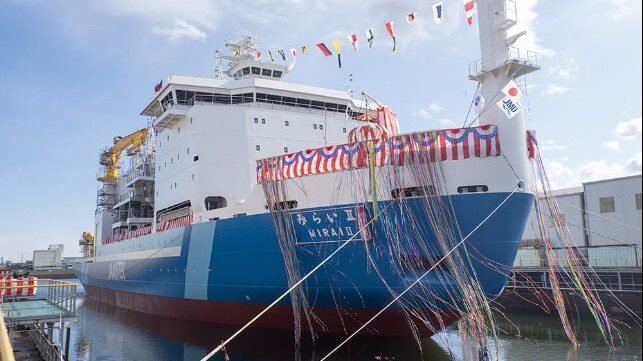The Arctic region is facing significant changes due to climate change, with wildlife such as polar bears and narwhals at risk. Researchers are working to understand these changes and their impact on the ecosystem. Efforts are being made to establish a North Pole marine reserve to protect Arctic wildlife from industrial activities like shipping and fishing. The 90 North Foundation, founded by explorer Pen Hadow, is campaigning for the creation of this marine reserve by 2037.
Arctic animals are not confined to the Arctic region, with species like ringed seals and beluga whales being spotted in British waters. Migratory birds also travel between the Arctic and the UK, facing challenges such as wetter springs affecting breeding success. Climate change is causing shifts in wildlife distribution, potentially disrupting the Arctic ecosystem further. Researchers are also monitoring the increasing industrial vessel activity in the Arctic Ocean, as receding ice opens up new shipping routes.
The loss of Arctic ice impacts the Earth’s albedo, or its ability to reflect sunlight. This loss contributes to further warming, creating a negative feedback loop. To address rising temperatures, reducing greenhouse gas emissions is crucial. Protecting Arctic wildlife and ecosystems is essential, requiring a global network of marine reserves. Conservation efforts are needed to mitigate the effects of human activities and climate change in the Arctic region and beyond.












